boxfrenzy
Well-known member
- Joined
- Apr 16, 2008
- Messages
- 86
- Reaction score
- 36
"Around tea-time on a Tuesday afternoon, God created Stourbridge" - tour t-shirt by The Wonder Stuff
Every now and again, a town has its moment in the sun, and Stourbridge, a dour market town about ten miles outside Birmingham is no different. The last time Stourbridge was on the map was during the late eighties and early nineties when The Wonder Stuff, Pop Will Eat Itself and Neds Atomic Dustbin, three bands who lived and rehearsed in Stourbridge, and could be found drinking with thier fans in the Mitre and the Swan.
Before that, most people knew Stourbridge for its glass, as well as its engineering.
Back in 1816, James Foster, an ironmaster, and engineer John Urpeth Rastrick became partners and formed the company in 1819. Here is their works.
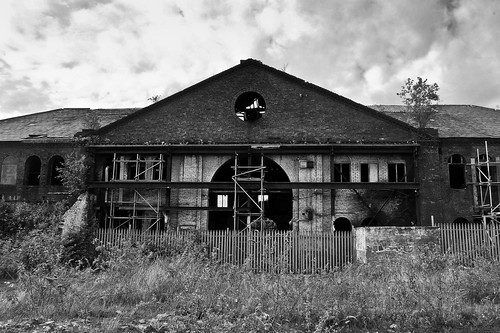
This place was badly damaged by fire in 2004.
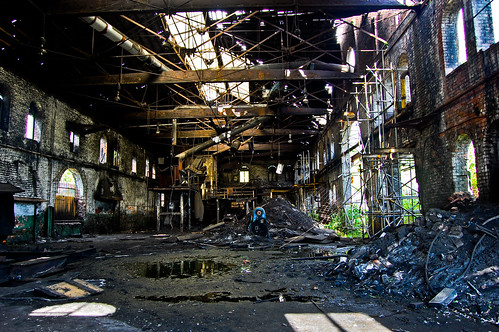
Inside, machinery is silent.
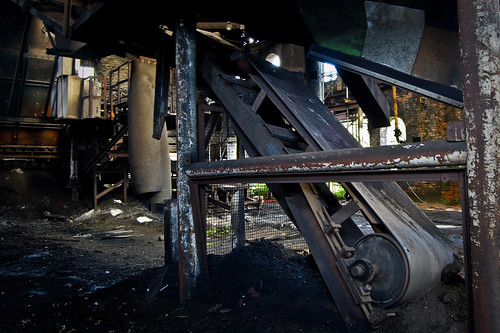
Mountains of coal and ash are in here, and patches of oil puddle on the floor.
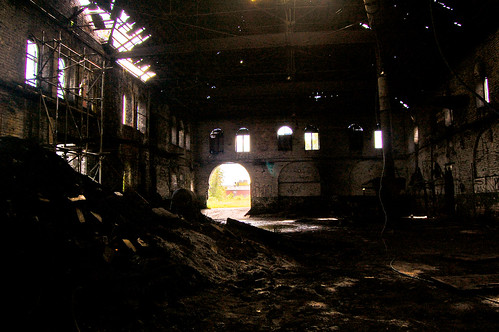
Like much of the Black Country, the smoke from the furnaces would have hung in the air, and the iron and metal workers would have hammered and shaped the white metal into the machines that were the backbone of the industrial revolution. A few miles up the road, Noah Hingley forged the enormous anchor chain at his ironworks that was on the Titanic.
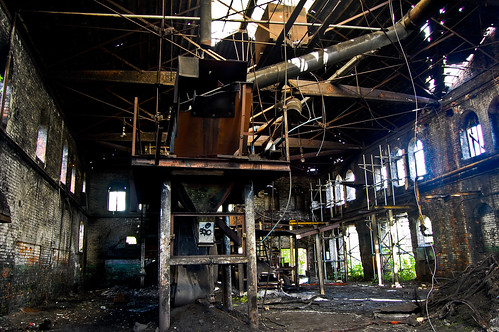
John Rastrick was an important man, not just in Stourbridge but internationally. He was one of the official observers, or judges in the Rainhill Trials, a competition to win the contract to supply the locomotives for the Liverpool and Manchester Railway. Without his observations, we may not have known the colour and appearance of the winner, The Rocket.
I don't think this is his machinery. Much of this would have been far newer.
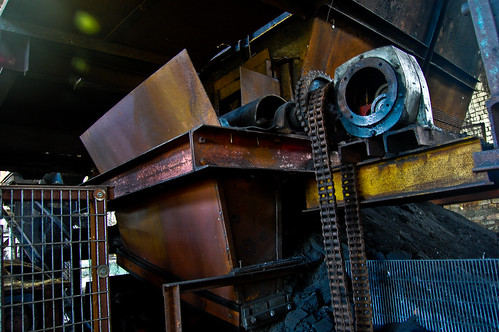
Inside the foundry, four locomotives were made. The two most famous being the Stourbridge Lion and Agenoria, the latter which worked at the Shutt End Colliery, near Birmingham, for over 35 years. It was built to move coal trucks from mine workings to canal and river navigations and surrounding Iron foundries. It is now in the National Railway museum in York.
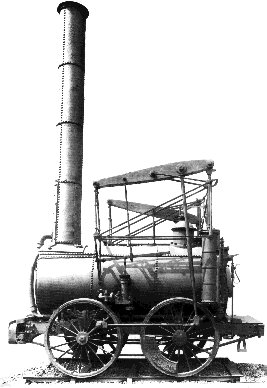
The Stourbridge Lion was also built here. It became the first locomotive to run on rails in the United States, in fact, andywhere in the Western Hemisphere. It operated between Honesdale and Seely's Mills in Pennsylvania on the Delaware and Hudson Canal Company's railroad, August 8, 1829. Only the bioler and a few other parts remain on show at the Baltimore & Ohio Railroad Museum.
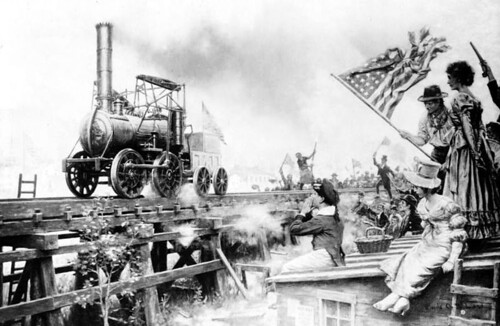
The building remained in use as a foundry until a few years ago.
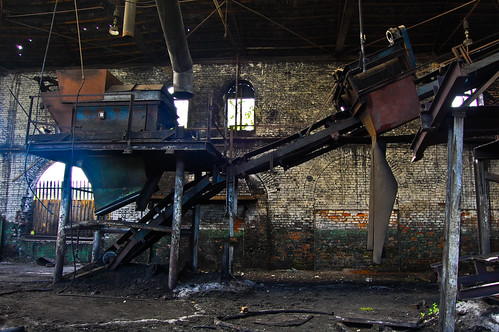
A few lumps of coal are left.
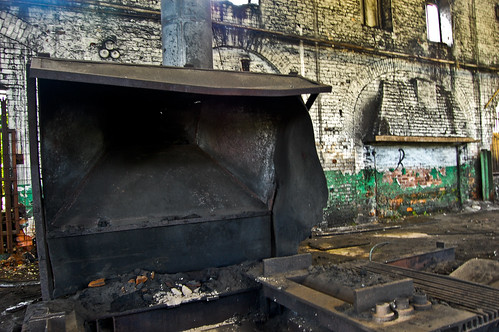
I loved this place. It is great that so much is left inside here from when it was last used. Sadly the building is in a bad way.
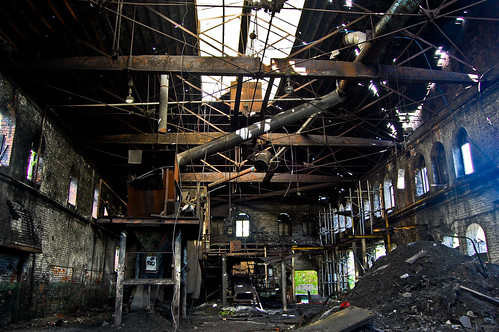
It came as a surprise to see Noo Noo from the Tellytubbies in here.
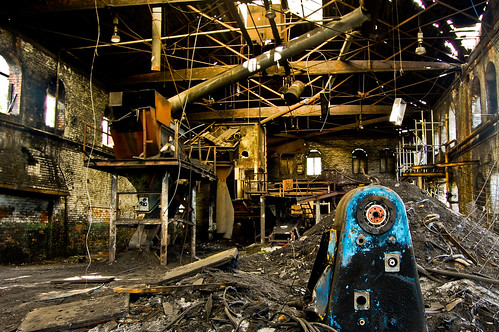
It is a shame that such an important place in not just Stourbridge's but railway history is in such a bad state.
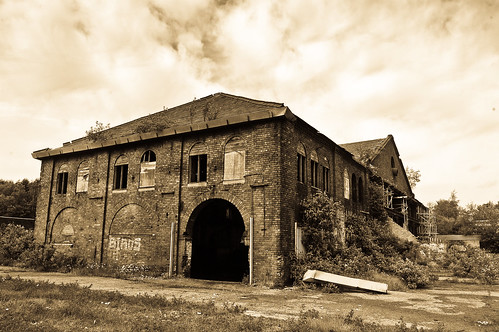
Every now and again, a town has its moment in the sun, and Stourbridge, a dour market town about ten miles outside Birmingham is no different. The last time Stourbridge was on the map was during the late eighties and early nineties when The Wonder Stuff, Pop Will Eat Itself and Neds Atomic Dustbin, three bands who lived and rehearsed in Stourbridge, and could be found drinking with thier fans in the Mitre and the Swan.
Before that, most people knew Stourbridge for its glass, as well as its engineering.
Back in 1816, James Foster, an ironmaster, and engineer John Urpeth Rastrick became partners and formed the company in 1819. Here is their works.

This place was badly damaged by fire in 2004.

Inside, machinery is silent.

Mountains of coal and ash are in here, and patches of oil puddle on the floor.

Like much of the Black Country, the smoke from the furnaces would have hung in the air, and the iron and metal workers would have hammered and shaped the white metal into the machines that were the backbone of the industrial revolution. A few miles up the road, Noah Hingley forged the enormous anchor chain at his ironworks that was on the Titanic.

John Rastrick was an important man, not just in Stourbridge but internationally. He was one of the official observers, or judges in the Rainhill Trials, a competition to win the contract to supply the locomotives for the Liverpool and Manchester Railway. Without his observations, we may not have known the colour and appearance of the winner, The Rocket.
I don't think this is his machinery. Much of this would have been far newer.

Inside the foundry, four locomotives were made. The two most famous being the Stourbridge Lion and Agenoria, the latter which worked at the Shutt End Colliery, near Birmingham, for over 35 years. It was built to move coal trucks from mine workings to canal and river navigations and surrounding Iron foundries. It is now in the National Railway museum in York.

The Stourbridge Lion was also built here. It became the first locomotive to run on rails in the United States, in fact, andywhere in the Western Hemisphere. It operated between Honesdale and Seely's Mills in Pennsylvania on the Delaware and Hudson Canal Company's railroad, August 8, 1829. Only the bioler and a few other parts remain on show at the Baltimore & Ohio Railroad Museum.

The building remained in use as a foundry until a few years ago.

A few lumps of coal are left.

I loved this place. It is great that so much is left inside here from when it was last used. Sadly the building is in a bad way.

It came as a surprise to see Noo Noo from the Tellytubbies in here.

It is a shame that such an important place in not just Stourbridge's but railway history is in such a bad state.


































